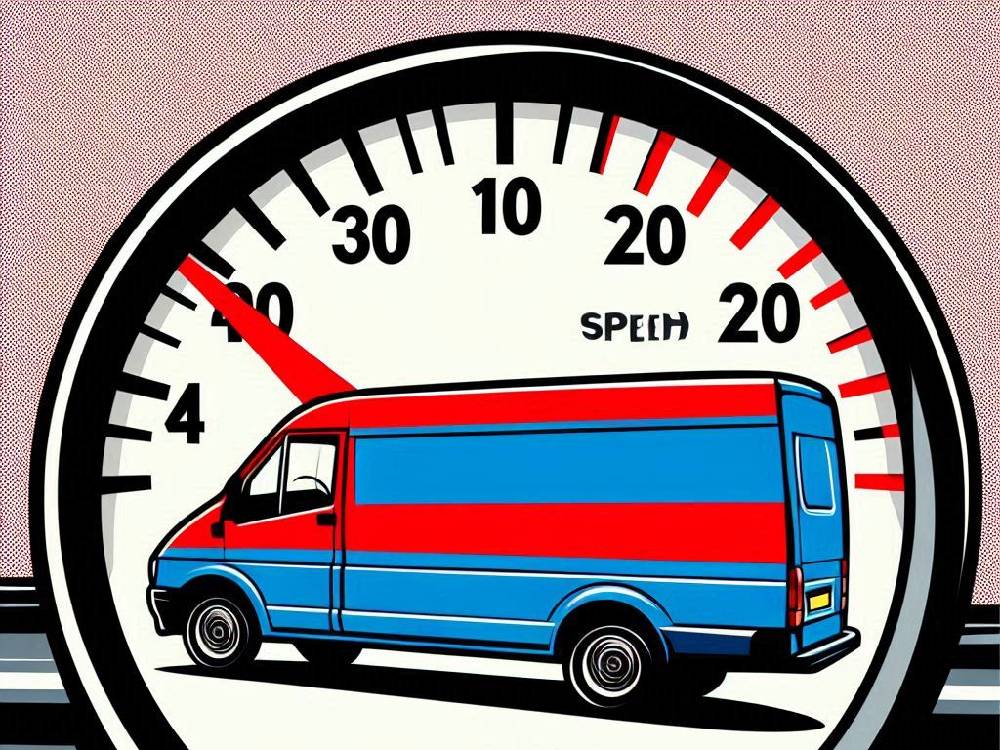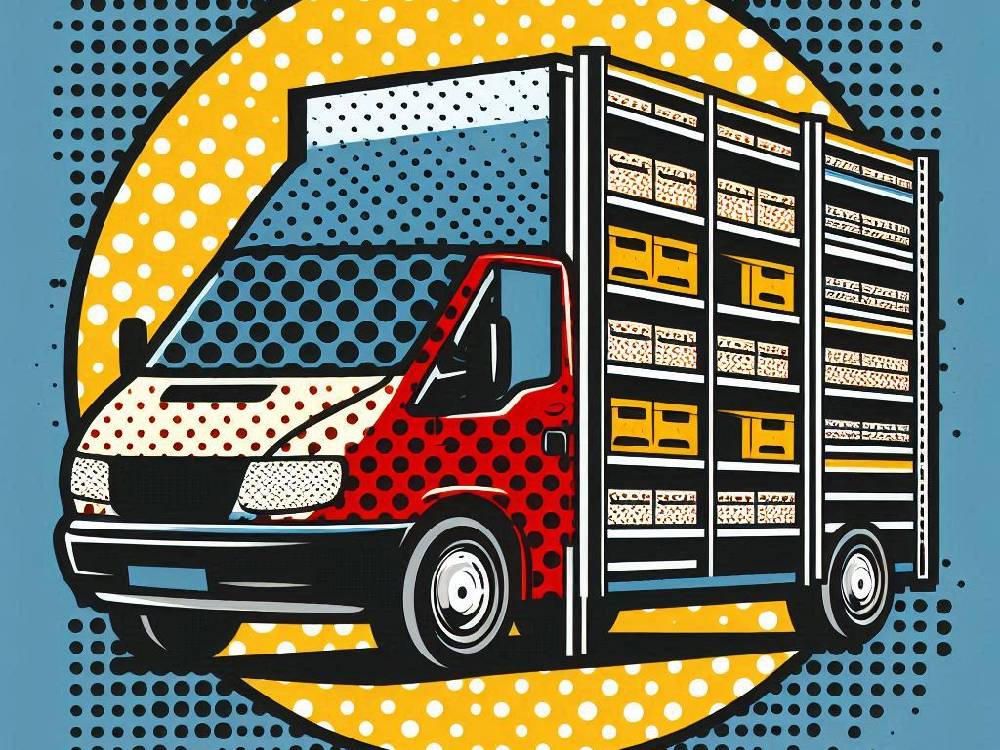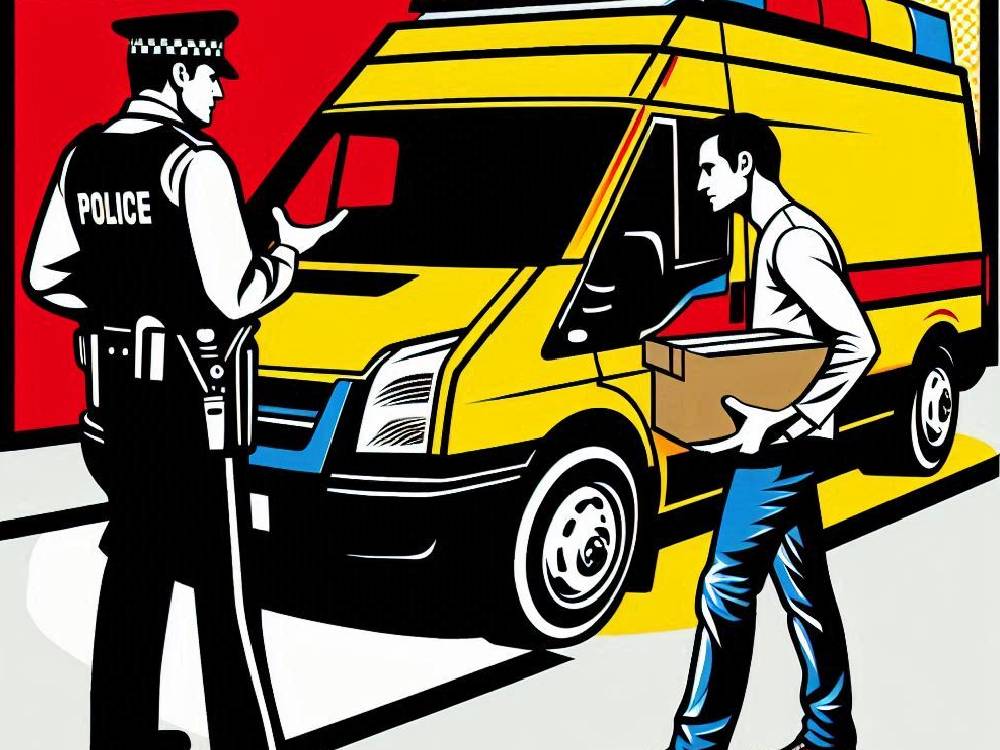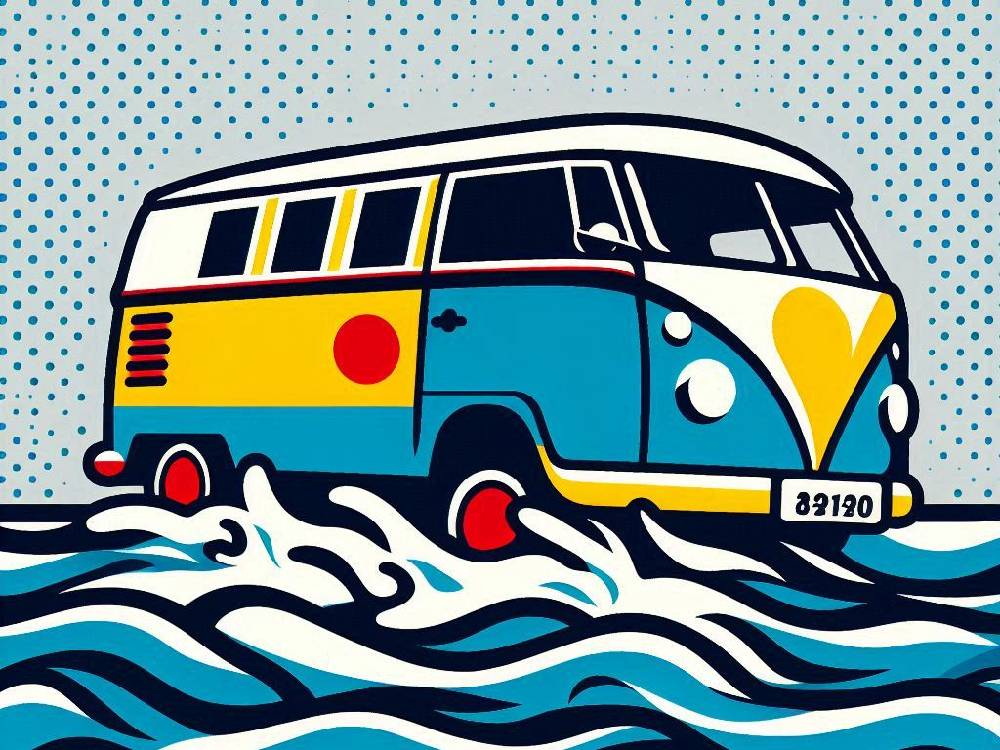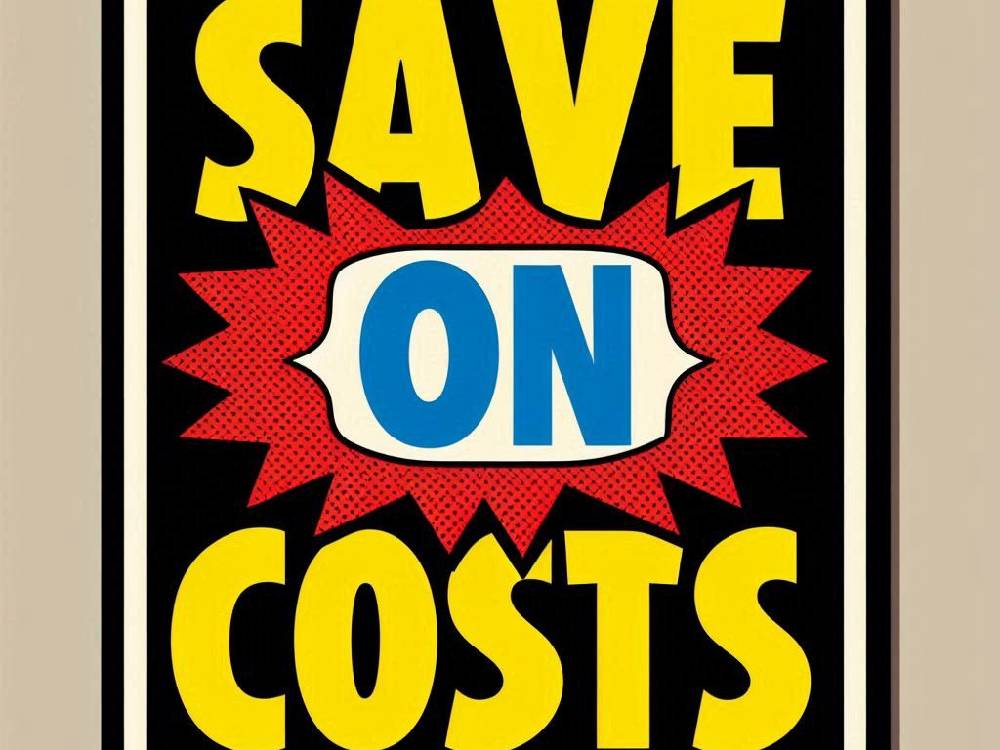Introduction
Speed limiters!
Vans in the UK are subject to stricter speed limits than cars, but why?
It’s not just about following the rules; speed limiters play a vital role in keeping roads safer, reducing emissions, and even saving money on van insurance.
In this article, you’ll learn:
- What speed limiters are and how they work.
- Why vans are fitted with speed limiters.
- The legal speed limits for vans in the UK.
Let’s dive in.
What Are Speed Limiters?
Speed limiters are electronic devices designed to cap a vehicle’s maximum speed.
For vans, these devices are particularly important.
Why?
Because vans are larger and often heavier than cars, making high-speed accidents more dangerous and destructive.
These devices work by controlling the engine’s power.
Once the vehicle reaches a preset speed, the limiter kicks in, stopping the van from accelerating further.
Many modern vans come with built-in speed limiters, while older models might require retrofitting.
For UK roads, these devices ensure that vans adhere to speed restrictions tailored to their size and weight.
Why Do Vans Have Speed Limiters?
There are two main reasons vans have speed limiters: safety and emissions.
First, let’s talk about safety.
Vans are bigger and more powerful than most cars.
This means that in a high-speed crash, the potential for damage and injury increases significantly.
By capping speeds, speed limiters reduce the likelihood of severe accidents.
Now, let’s consider emissions.
Vans typically produce more CO₂ than smaller vehicles. Limiting their speed helps curb emissions, aligning with the UK’s environmental goals.
Ultimately, speed limiters benefit everyone—drivers, passengers, and even pedestrians.
Legal Speed Limits For Vans In The UK
Did you know vans have different speed limits compared to cars?
Here’s how it breaks down:
- Built-up areas: 30 mph (same as cars).
- Single carriageways: 50 mph (10 mph lower than cars).
- Dual carriageways: 60 mph (10 mph lower than cars).
- Motorways: 70 mph—unless towing, then it’s 60 mph.
The rules are stricter for heavier vans.
If your van exceeds 7.5 tonnes, the motorway limit drops to 60 mph, even without a trailer.
In Scotland, there’s an additional twist: vans must stick to 50 mph on dual carriageways.
These limits exist for good reasons—primarily safety and environmental protection.
Consequences Of Ignoring Speed Limits
Breaking speed limits isn’t just dangerous—it’s expensive.
Here’s what could happen:
- A fine of up to £2,500.
- Points on your licence or even a disqualification.
- Serious offences could result in court appearances or driving bans.
For van drivers who rely on their vehicles for work, the stakes are even higher.
Speeding penalties could mean job losses, higher insurance premiums, or worse.
Why risk it when staying within the limit is so straightforward?
How Speed Limiters Help With Insurance Costs
Let’s be honest—insurance costs are a concern for nearly every van driver.
But here’s something you might not know: speed limiters can directly impact your premiums.
So, how does this work?
First, they encourage safer driving habits. Insurers recognise that drivers who stay within speed limits are far less likely to be involved in accidents.
As a result, your risk profile goes down, and so do your premiums.
But that’s not all.
Some insurers specifically reward vehicles equipped with speed limiters.
This means you could be eligible for exclusive discounts, making it easier to secure cheap van insurance.
Still not convinced?
Think about how your driving record impacts your rates.
Consistently obeying speed limits not only keeps you safer but also helps you avoid penalties like fines or licence points.
Over time, this clean record could lead to even greater savings.
In short, a speed limiter doesn’t just protect you—it protects your wallet too.
Environmental Benefits Of Speed Limiters
Let’s take a step back for a moment.
Beyond safety and savings, speed limiters also play a critical role in protecting the environment.
Here’s why it matters:
By capping your speed, these devices not only help reduce fuel consumption but also contribute to lower fuel usage overall.
As a result, fewer harmful emissions are released into the atmosphere, which benefits both the environment and public health.
Still not sure why this is so important?
The UK government has ambitious climate goals, and cutting down on vehicle emissions is a huge part of the plan.
Speed limiters are a practical way for van drivers to contribute to these efforts.
But there’s more.
If you run a business with a fleet of vans, the benefits multiply.
Not only will you save on fuel costs, but you’ll also position your business as environmentally responsible—a selling point for eco-conscious clients.
Here’s the bottom line:
Driving with a speed limiter isn’t just good for you—it’s good for the planet.
Conclusion
By now, it’s clear why vans are equipped with speed limiters.
They’re essential for improving road safety, lowering harmful emissions, and even helping you save money on van insurance.
So, what’s your next move?
Think about how much you could save by embracing safer driving habits and avoiding costly penalties.
And if you’re looking for more ways to optimise your insurance, check out these helpful resources:
- How Telematics Devices Can Save You Money on Van Insurance
- Why Proper Vehicle Compliance Is Crucial for Road Safety
- Car or Van?
The choice is yours.
Will you prioritise safety, sustainability, and savings?
Or will you risk fines, penalties, and rising insurance costs?
The answer should be simple.

